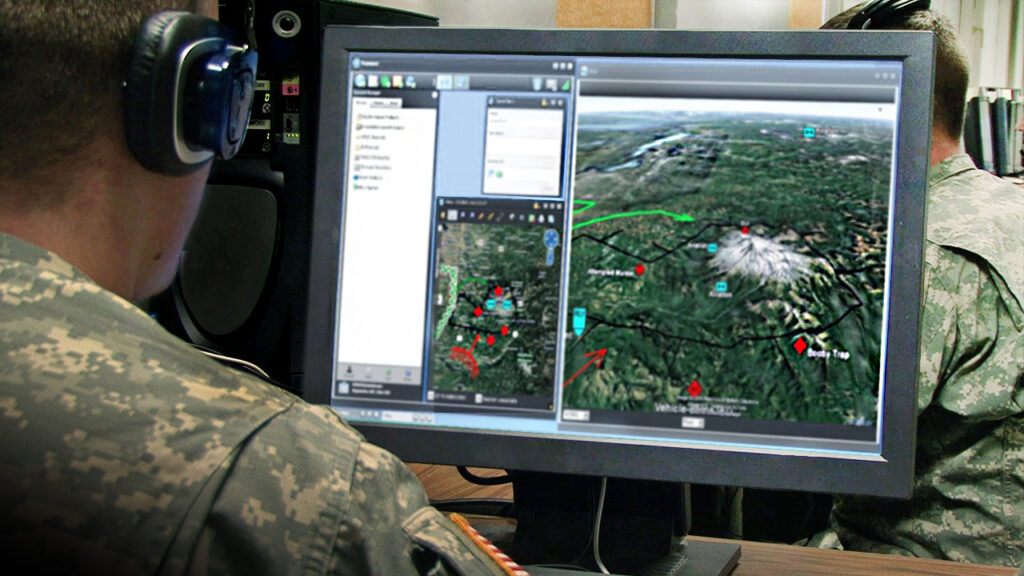
ARLINGTON, Va. — A small company developing artificial intelligence technology for the Office of Naval Research is halfway through a 24-month contract performance toward demonstrating its AI technology for the Navy.
“It’s all about trying to develop technologies that can help decision makers,” said Jeff Druce, senior research scientist at Charles River Analytics, in an interview with Seapower. “They have lot on their plate as far as the watch-floor commanders, making decisions with limited, partial, incomplete information.
“AI has shown — at least in an academic setting — promise at being able to reason about these complex scenarios and make really effective decisions in a variety of arenas,” Druce said, noting rhetorically that with autonomy, “Can you have a system that gives information about the world and tries to take actions that are going to beneficial to the entity in some way?
“There’s not a lack of information out there; it is getting the right information in the right format to be useful,” he said. “What is the relevant information, especially if you’re in a divided-attention task, it becomes like a human-factors problem, as in, ‘What is the most useful information to provide this person in what format that they can use it to make better decisions?’”
Druce envisions AI “as not taking over at all but very much a collaborative human-machine teaming where AI can handle these processes that require a lot of attention and are time consuming but sort of easy to be done in that there’s no incredibly challenging reasoning that has to be done but ultimately will help with the attention problem of the human user.”
Charles River Analytics started out with Small Business Innovative Research Phase 1 work, Druce said, but “a lot of that technology and that motivation ended up going into this larger, EXTRA [Explainability and Terrain Reasoning for Autonomy] effort [for ONR].
“We’re trying to bring in some of the modern AI tools” to the effort, he said. “The deliverables are mostly demonstrations and software based. These things are pretty leading edge.”
Druce said a “demonstration in a representative domain that these autonomous agents are doing reasonable things could lead towards a good performance in the physical environment.”
He said the technology his company develops needs to be demonstrated in an “arena of competition … pitting AIs against each other to see how they perform. … Can you take your technology and pit it against somebody else’s in a less-controlled environment … and see how it does?”
Druce said AI is challenging to his company’s workers, but the challenge is what promotes their best work.
“These are hard questions with unknown answers,” he said. “When you give smart people these challenging problems, you can see that [with] doing cool things, they motivate themselves.”
- SECNAV Advocates Increased Legal Immigration to Increase Shipbuilder Workforce - April 23, 2024
- Insitu Going Strong at 30, Focusing on Maritime Operations - April 8, 2024
- Navy Awards Boeing Additional Funds for MQ-25 Drones for Testing - April 3, 2024




